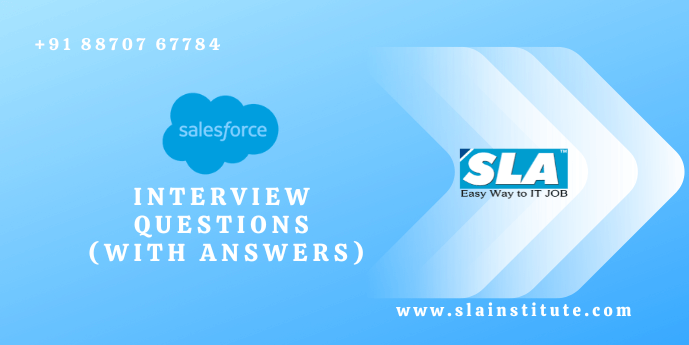Salesforce Interview Questions
If you’re interested in CRM, Salesforce is a good career choice. Salesforce is used by numerous businesses, including Deloitte, Adidas, Accenture, Cisco, Atlas, Deloitte, Infosys, Godrej, etc. Those that chose Salesforce are benefiting from excellent remuneration and greater job satisfaction.
Companies struggle with a shortage of Salesforce experts as the number of people using the platform grows. They need Salesforce experts, who are well-versed in the system and adept at utilising its many offerings for practical business purposes. As a result, the number of Salesforce professionals is growing daily. Here comes the “list of salesforce interview questions” to help you to excel in your salesforce interview successfully.
